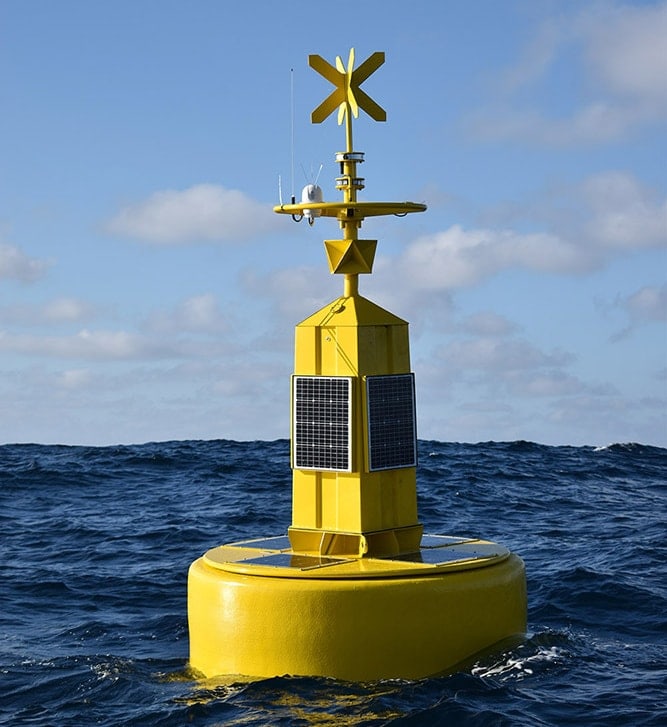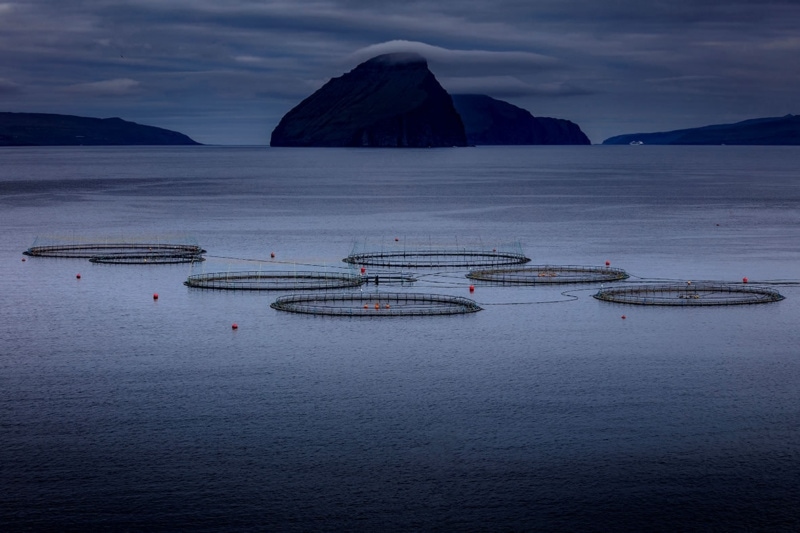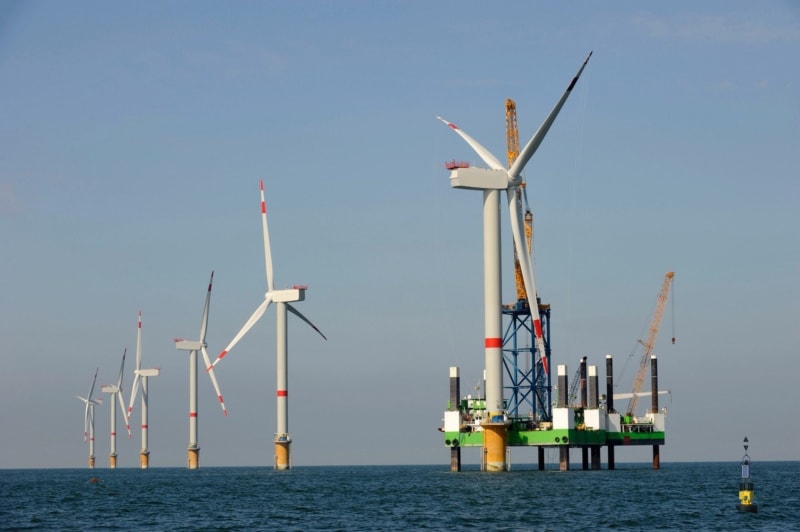Areas of Application
Metocean Research
Metocean buoys are key to study not only our oceans but also to provide valuable information for the study of climate and climate change.
Suggested configuration: Metocean buoys for scientific research are custom-designed based on the purpose of the research, the parameters to be studied and the proposed location of the buoy.

Aquaculture
In aquaculture, monitoring water parameters provide key information to optimize the operation of the farms and maximise the output of fisheries. Additionally meteorological and oceanographic parameters can be of high interest as the conditions of wind, currents or waves may affect the maintenance tasks and other activities on the farms.
Suggested configuration: EBM12-OC buoy integrating multiparametric water probe measuring sea temperature, conductivity, pH, dissolved oxygen, fluorescence and turbidity with option to include wave sensor, ADCP and automatic weather station.

Port and Safety of Navigation
Instrumented buoys can provide key information required by vessels approaching a port, manoeuvring areas and other areas where the navigation conditions may present risks for mariners. This data can be transmitted in real time to vessel via AIS telemetry combined with GPRS communications to the Control Centre (or other depending on coverage such as Wi-Fi and satellite).
Suggested configuration: EBM18-OC buoy integrating Automatic Weather Station (measurement of wind speed, wind direction and gusts), wave sensor and ADCP (with measurement of surface current and current in the water column)

Water Quality Monitoring
Monitoring the impact of human activities on
water quality is an increasing concern for coastal communities that want to keep track of the incidence of contamination and other indicators on coastal waters.
Suggested configuration: EBM12-OC buoy integrating multiparametric water probe measuring sea temperature, conductivity, pH, dissolved oxygen, cDOM/fDOM, chlorophyll and hydrocarbons.

Oil and Gas
In Oil and Gas applications, there is a key concern
for mitigating the impact of platforms’ operation and detecting early any presence of hydrocarbons in the water. Additionally, Metocean buoys can be placed to provide key information in real time for the planification on any maintenance activities on platforms or SPM.
Suggested configuration: EBM18-OC buoy integrating sensors that detect the presence of hydrocarbons on the sea surface or in the water. They can be combined with and ADCP and/or anemometer providing useful data for modelling the direction of the hydrocarbons, and a wave sensor for planification of maintenance operations.

Offshore Wind
For Offshore Wind, instrumented buoys can be used from the pre-engineering phase to provide accurate data for the design of the project to the operational phase to guide maintenance operations and to monitor impact as well as meteorological and oceanographic conditions.
Suggested configuration: EBM24-OC buoy integrating automatic weather station with redundant vane anemometer, ADCP, wave sensor and CTD to measure sea temperature, conductivity and turbidity.

